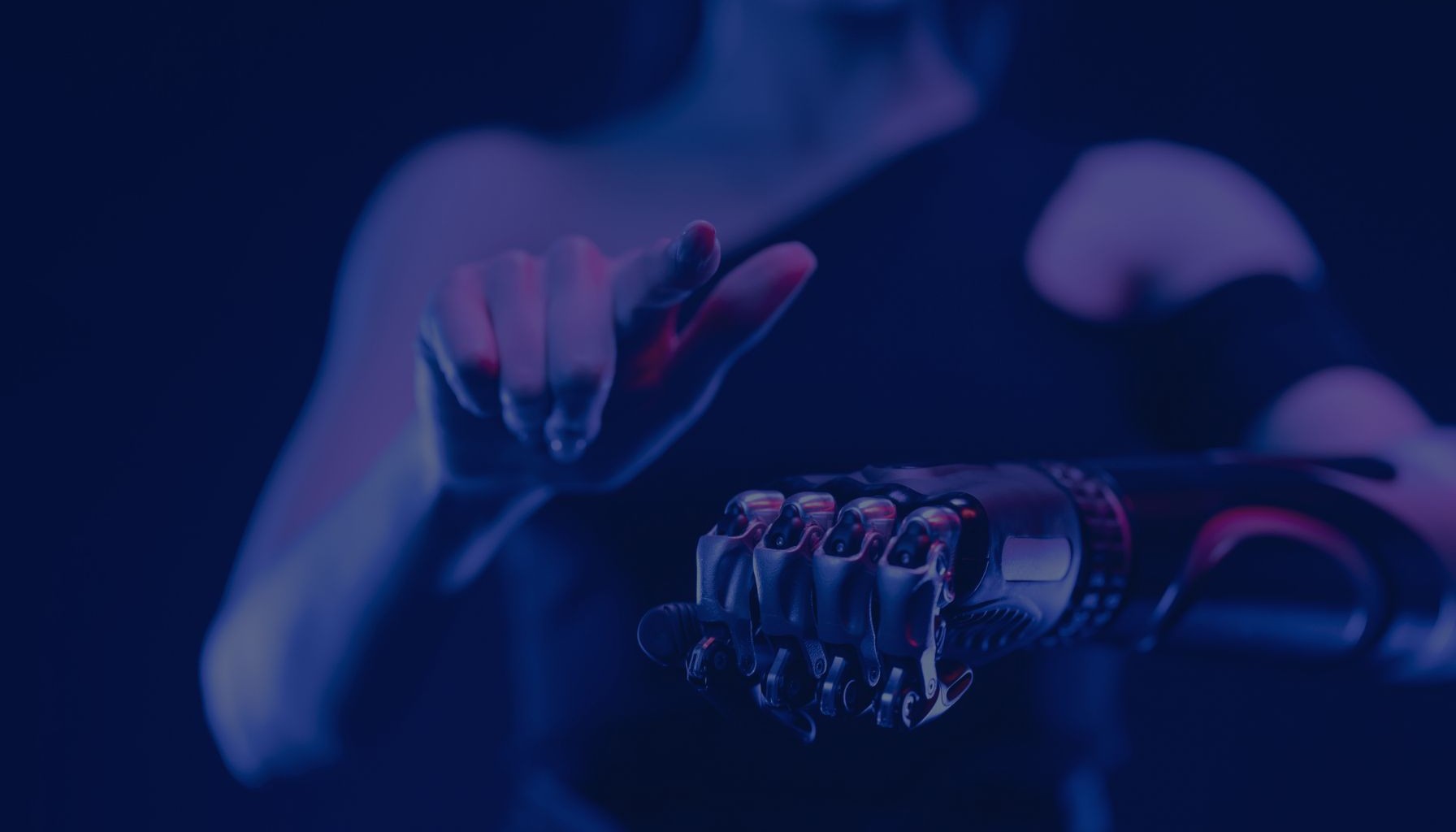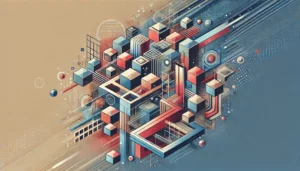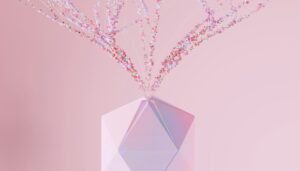AI image generation in 2024 has reached incredible heights, with tools like DALL-E 3, MidJourney, and Stable Diffusion offering advanced capabilities from text-to-image generation to intricate image fine-tuning.
The latest models and functionalities of AI-driven image creation have ushered in a new era for artists, marketers, and creators. Understanding these functionalities, the key tools available, and how to choose the right one for your needs is essential for anyone looking to take advantage of this technology. Let’s dive into the details of AI image generation in 2024.
1. Main GenAI Functionalities for Image Generation
At the heart of AI image generation is its ability to transform text into stunning visuals, but that’s just the beginning. In 2024, the landscape of Generative AI (GenAI) has expanded to include a range of powerful functionalities, each opening new possibilities for creative professionals, designers, and businesses.
Text-to-Image Generation:
One of the core features of AI models like DALL-E 3 and Stable Diffusion is text-to-image generation. This allows users to input descriptive text and get back detailed, coherent images based on that prompt. The sophistication of these systems lies in their ability to generate visually accurate and contextually rich images, blending creativity with reality. For instance, a prompt like “sunset over a futuristic cityscape” can produce a highly detailed image with realistic lighting, shadows, and architectural features.
Styling and Customization:
Beyond simple image creation, AI models allow extensive styling. Whether you want to emulate a specific artistic style (impressionism, realism, etc.) or create images with unique color palettes and textures, these systems offer options to manipulate the final output. Users can request images in the style of Van Gogh or abstract art, and the models can respond accordingly, adding a layer of creative control that enhances the design process.
Image Enhancement:
AI tools are not just for creating new images; they’re also excellent at enhancing existing ones. These functionalities include improving resolution, sharpening details, and removing noise from low-quality images. For professionals working in media, marketing, or e-commerce, AI can upscale images while maintaining clarity, turning a blurry product photo into a sharp, high-quality asset.
In-painting and Out-painting:
Another key functionality is in-painting (filling in missing parts of an image) and out-painting (extending an image beyond its original borders). These are incredibly useful for tasks like restoring damaged photographs or expanding artwork while maintaining the same artistic style. For example, DALL-E 3 excels at out-painting, allowing users to extend the edges of a generated or existing image seamlessly.
Fine-Tuning:
Fine-tuning refers to the ability to customize AI models to fit specific needs. With tools like Stable Diffusion, users can train the model on their own data, creating highly personalized outputs tailored to unique styles or preferences. This is particularly important for brands or creators who want consistency in their image assets but still benefit from the speed and flexibility of AI.
Multi-modal Embeddings:
One of the cutting-edge advancements is multi-modal embeddings, which involve combining text, image, and even audio inputs to generate rich, immersive content. This is particularly exciting for creative industries, where cross-medium collaboration (like designing album covers based on music or creating graphics based on video descriptions) is increasingly common. AI models are moving toward integrating multiple sensory inputs for more dynamic content creation.
2. Key Tools for AI Image Generation
The 2024 landscape for AI image generation tools is diverse, with each tool offering unique strengths. Let’s break down the key tools driving this innovation.
2.1 OpenAI DALL-E 3
DALL-E 3 by OpenAI is one of the most advanced text-to-image models available today. Known for its precise rendering and creative capacity, DALL-E 3 allows users to generate detailed and imaginative images from simple text prompts. Its integration with ChatGPT provides a seamless experience for users to interact with the model. Key features include:
- Advanced fine-tuning options, especially for brands and creators.
- Out-painting capabilities, ideal for expanding visual canvases.
- Accessible via API, making it suitable for businesses looking to integrate into existing workflows.
For more, visit DALL-E 3.
2.2 MidJourney
MidJourney is known for its incredible ability to create artistic, stylized images. While DALL-E 3 focuses on realism, MidJourney has carved out its niche with its highly aesthetic, almost dreamlike renderings. It is a favorite among artists and designers. Some of its standout features include:
- Artistic styling options that allow for creative flexibility.
- A thriving community where users collaborate and share prompts.
- Accessible through Discord, making it easy for collaborative teams.
For more, visit MidJourney.
2.3 Stable Diffusion
Stable Diffusion is one of the most versatile open-source tools in the image generation space. Developed by Stability AI, it excels at text-to-image, image enhancement, and in-painting. Its open-source nature means developers and creators can customize it for their needs. Key functionalities include:
- Full control over model fine-tuning and custom dataset training.
- In-painting and out-painting capabilities.
- Lower cost due to its open-source availability, making it ideal for startups.
For more, visit Stable Diffusion.
2.4 FLUX
FLUX is a rising star in the AI art community, known for its generative capabilities that push the boundaries of creativity. Its use of multi-modal embeddings (combining audio, text, and images) gives users an unparalleled creative experience. Highlights include:
- Multi-modal capabilities, making it suitable for projects that require integration of various media formats.
- Creative style modeling, perfect for concept art and entertainment industries.
For more, visit FLUX.
2.5 Adobe Firefly
Adobe Firefly is integrated with Adobe’s suite of creative tools, making it ideal for professionals already familiar with tools like Photoshop and Illustrator. Firefly focuses on ease of use, providing AI-powered enhancements for graphic design, video editing, and more. Noteworthy features include:
- Deep integration with Adobe Creative Cloud, offering seamless workflow.
- Specialized tools for graphic designers and marketers.
For more, visit Adobe Firefly.
2.6 Imagen
Developed by Google Research, Imagen is an advanced diffusion model specializing in hyper-realistic image generation. Though still in its early phases compared to others, Imagen shows great promise in fields requiring extreme detail and precision. Key features include:
- High-quality, photo-realistic rendering, making it ideal for industries like healthcare and automotive.
- Focused on precision and quality, particularly for scientific and professional use.
For more, visit Imagen.
3. How to Select the Right AI Tool
Choosing the right AI image generation tool depends on your needs. Here’s a comparison based on functionality, pricing, access, and community.
For Artistic Freedom: MidJourney
If you’re an artist or designer looking for stylized, creative visuals, MidJourney is your go-to. Its community-driven platform and artistic focus make it ideal for creative professionals. The downside is the limited precision compared to more realistic tools.
For Business Integration: Adobe Firefly
Adobe Firefly shines for businesses and professional graphic designers. If you’re already in Adobe’s ecosystem, this tool integrates smoothly into existing workflows. It may be pricier due to its Creative Cloud subscription model, but the convenience is unmatched.
For Open-Source Flexibility: Stable Diffusion
Stable Diffusion is best for those who need full control over customization and want to avoid high costs. Its open-source nature is perfect for developers who want to tweak the model for specific projects.
For Hyper-Realism: Imagen
Imagen is the tool for industries that require photo-realistic images. Though still emerging, its focus on high-quality precision makes it ideal for specialized sectors like healthcare or automotive industries.
For General Use: DALL-E 3
If you’re looking for a balanced tool that offers quality, creativity, and ease of use, DALL-E 3 is a great option. It combines precision with flexibility and has a straightforward API for businesses.
Summary:
AI image generation in 2024 is packed with advanced tools and functionalities. From text-to-image to fine-tuning and in-painting, tools like DALL-E 3, MidJourney, and Stable Diffusion offer a range of options for every user. Selecting the right tool depends on your specific needs—whether that’s artistic creativity, business integration, or open-source customization. Regardless of your choice, AI is revolutionizing the creative world.



